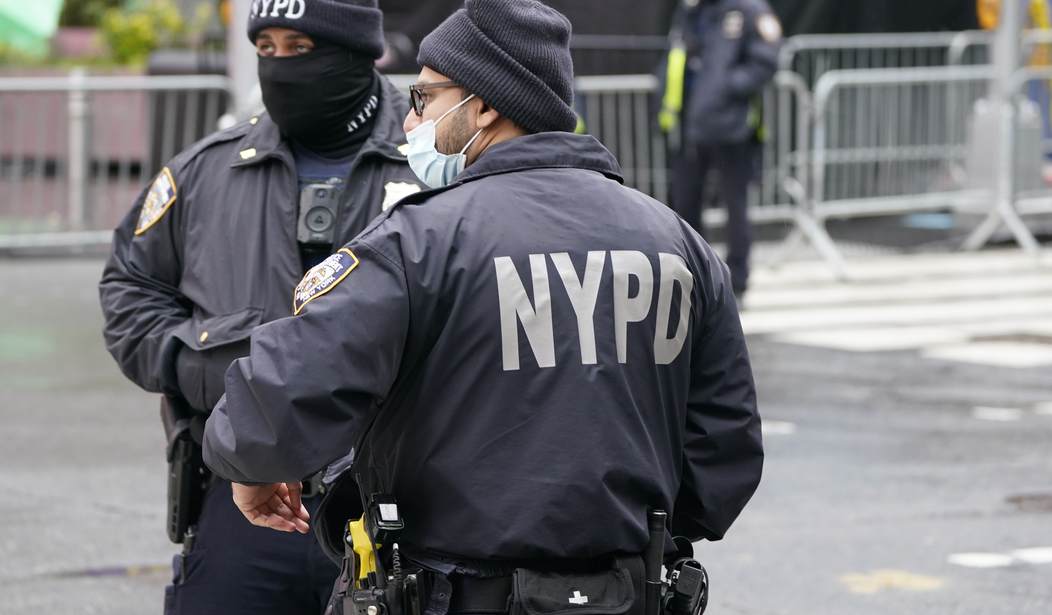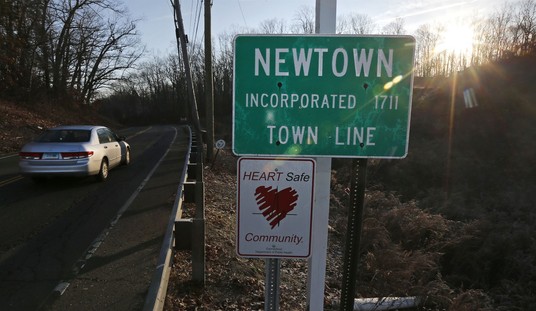One of Michael Bloomberg’s favorite tools for “getting guns off the street” (and putting people in prison) was the NYPD’s use of “stop-and-frisk.” The tactic, which allows officers to stop, question, and search anyone they deemed to be suspicious, has been criticized for the disproportionate number of minorities who’ve been subjected to the tactic, and while the number of stops has declined since Bloomberg left office, the practice has continued under current Mayor Bill de Blasio, even though he pledged to put an end to the stops during his first mayoral campaign.
A review of the NYPD’s stops-related data shows that in 2020, the number of reported stops was at its lowest ever — 9,544, down from 13,459 in 2019 and 11,008 in 2018. Despite the drop, the racial disparity remained as stark as ever, with New Yorkers of color making up 91 percent of those stopped, roughly the same as in the two years prior.
Black New Yorkers, who account for 24 percent of the city’s population, accounted for 56 percent of those stopped last year.
As in years past, the majority of stops were concentrated within a handful of police precincts in East New York, the Bronx, and East Harlem — all majority Black, Latino, and poor parts of the city.
“The data on the precincts with the highest number of stops only confirms what New Yorkers of color have been saying all along — predominantly Black and Latinx neighborhoods are policed differently than predominantly white neighborhoods, and stop-and-frisk is no exception,” said Molly Griffard, an attorney with the Legal Aid Society, which analyzed the data. “Anyone who believes stop-and-frisk is over clearly isn’t talking to people who live in these overpoliced neighborhoods that many of our Legal Aid clients call home.”
The 9,500 or so stops is a dramatic decline from the 700,000 stop-and-frisks that took place in New York City in 2011, and based on the data it seems that they’re focused in neighborhoods with high rates of violent crime, so one could argue that the current NYPD practices are much different than what they were under Bloomberg. But incoming mayor (and former NYPD officer) Eric Adams seems bullish on boosting the number of stops conducted by police, and as Reason‘s Scott Shackford writes, it’s all a part of Adams’ anti-gun ideology.
On the campaign trail, Adams had said that he didn’t fully oppose the concept of “stop and frisk”—the police practice stopping people with very little suspicion to make sure they aren’t carrying guns or drugs—but that he believed the New York Police Department (NYPD) had abused its authority with the mass targeting of minorities for searches. He agreed that the police had implemented “stop and frisk” in an illegal way, but he didn’t think the practice itself was entirely bad.
So how does he think it should work instead? In his Daily News article, Adams discusses an incident last week when two officers in the Bronx were shot by a suspect while they responded to a 911 call about a suspicious man with a gun. According to the NYPD, the officers approached a man matching the description they received and asked him to show his hands. The man, 23-year-old Charlie Vasquez, reportedly produced a gun and shot at the officers.
Adams then declared that “there are some in our city who would say these officers should never have confronted Vasquez, that he never should have been stopped and questioned.” As Shackford correctly points out, that’s a complete strawman. This wasn’t a random stop, as Adams wants his readers to believe. Instead, officers were specifically looking for someone who was reported to have a firearm. They saw someone meeting the suspect’s description. They asked him to show them his hands. He opened fire instead.
So why on earth is Adams attempting to use a case where a man was not even frisked—a case where the guy actually shot at police—as an example of some sort of “proper” stop and frisk? Because it’s all about the guns. Adams, just like former Mayor Michael Bloomberg, is big on gun control. He is attempting to convince New Yorkers that some form of stop-and-frisk policy will be needed to keep the community safe from armed criminals.
It is unclear exactly what change Adams thinks will give the NYPD this power without returning the city to the level of abuse that Adams himself used to oppose. (His opposition to the status quo was real—when he was a state senator, he helped craft a law that purged NYPD database of the names of innocent people they searched.) Instead we get a vague theoretical defense of stopping and frisking people in some proper way, resting on an example that doesn’t meet the normal definition of “stop and frisk.” Adams fails to ask how the police might behave when they approach someone who turns out to be innocent.
I know some conservatives were heartened by Adams’ victory in the Democratic primary, especially because he was seen as the anti-Defund Police candidate, but those of us who care about the right to keep and bear arms should be keeping a close watch on his tenure as mayor. It’s quite likely that sometime next year the Supreme Court is going to strike down New York’s “may issue” carry laws and restore the Second Amendment rights of residents. How will Adams respond if SCOTUS declares that the right to bear arms isn’t currently being recognized by New York? What will the NYPD’s strategy be if average citizens can finally carry a firearm for self-defense and tens of thousands of New Yorkers apply for their “shall issue” license?
Based on Adams’ attitude towards guns, we could very well see a resurgence in stop-and-frisks. After all, with “more guns on the streets”, the mayor could easily use that as justification for more police stops. I don’t think New York will return to the Bloombergian days of 700,000 stop-and-frisks every year, but I wouldn’t be surprised if the number of stops increases along with the number of New Yorkers lawfully exercising their right to bear arms.








